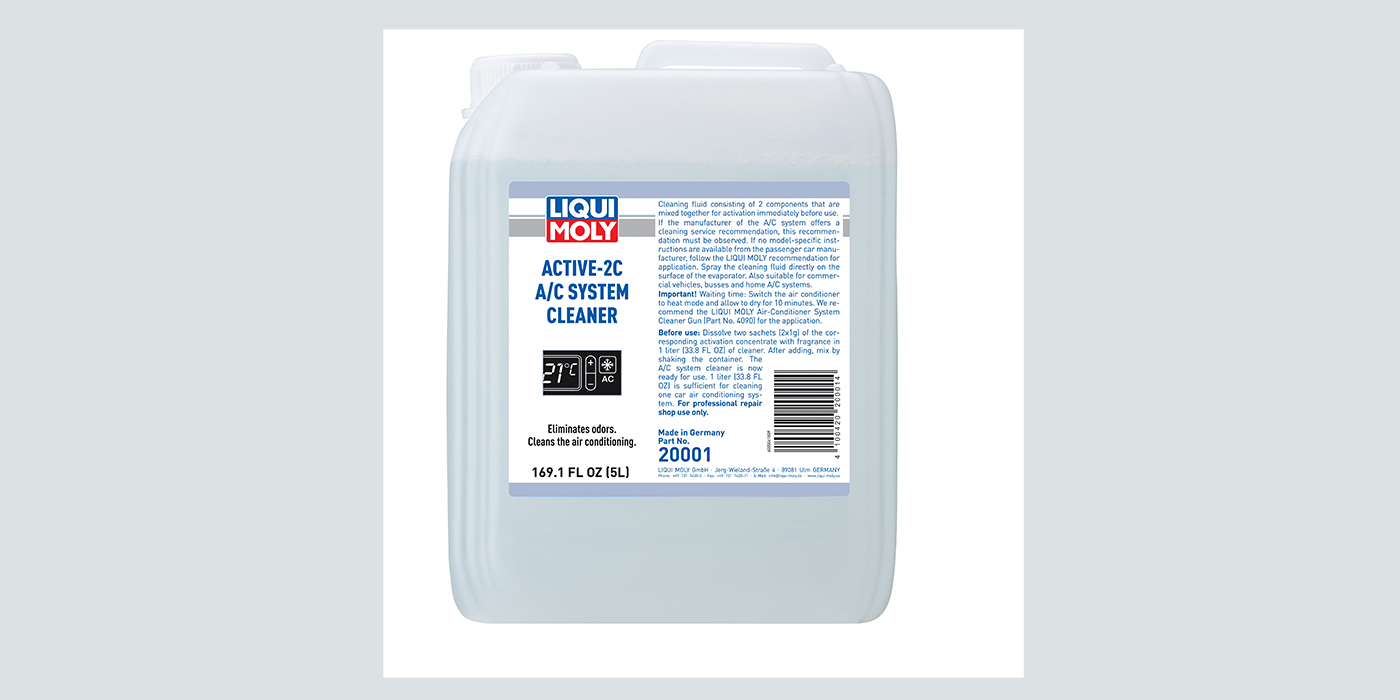Volkswagen head Ferdinand Piech has now ended the silence that had fallen on the automotive industry following Daimler’s announcement on 25 September to stop using HFO-1234yf.
According to the site R744.com, Piech told journalists that “The right refrigerant is CO2. It does not burn for sure. Until this comes, we will continue using the proven refrigerant R134a.”
While Daimler is keeping open all options for the best refrigerant to be used in the future, among them CO2, VW has made clear that the natural refrigerant is the direction to go.
As a reaction to VW’s announcement Daimler told the press that “we are happy that VW follows us in our evaluation of the risks associated to the new refrigerant”, while also clarifying that “if the VW corporation excludes the use of R1234yf we would welcome this decision. We are currently investigating different options for a different refrigerant, and this includes also the use of CO2.”
The German automotive association VDA has meanwhile started to investigate the issue in a special working group, while the Kraftfahrtbundesamt responsible for type approval in Germany has still not issued an official statement.
Meanwhile an official Daimler video has been published proving that under real-life conditions HFO-1234yf starts burning after 2 seconds, releasing highly toxic substances. Daimler welcomes VW’s decision to not use 1234yf.
You can access the video at: http://r744.com/web/assets/video/1234yf-vs-134a-fire.mp4.
After two seconds a blue flash fire appears, indicating that the refrigerant HFC-1234yf is burning. Released by a remotely controlled valve in the refrigerant piping it releases highly toxic substances before the fire is extinguished after 12 seconds. Within this short time period the flames’ yellow colour indicate that the fire has already spread to the plastic parts of the motor compartment, and the front windshield is corroded by the aggressive acid released.
This test, conducted by Daimler on a B 180 class Mercedes under real-life conditions is captured on video that has now appeared on the internet and is spreading quickly. It proves that the refrigerant so far assumed to be “mildly flammable” is indeed ignited instantly, as compared to the conventional refrigerant R134a also shown in the test.
One of the major arguments – that the flammability concerns for R134a and R1234yf would be comparable and in fact negligible – falls apart, sparking a discussion if the approval for 1234yf now has to be revised, as reported by Autobild.
Daimler insists that this test is replicable at any time. To stress the message, the carmaker repeated the test live in front of other automotive companies and public authorities, in addition to chemical maker Honeywell having a global patent on 1234yf.
Source: R744.com











